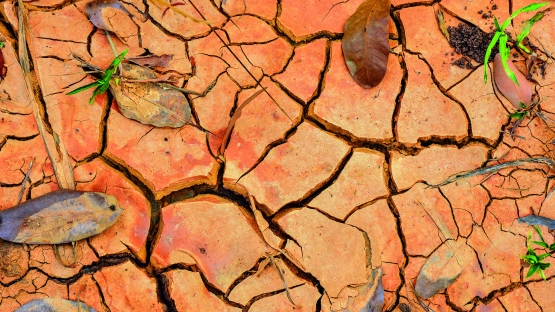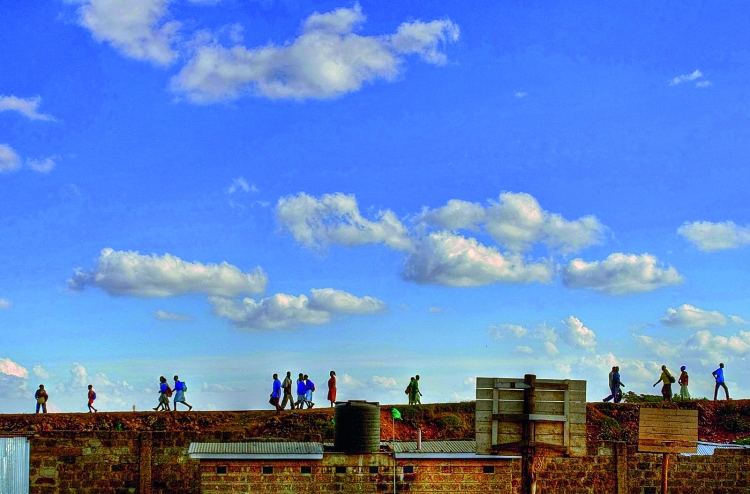Arid and semi-arid lands account for almost 80 per cent of Kenya’s land area, and climate change is threatening this fragile ecosystem.
In a country where suboptimal agricultural practices already result in poor crop growth, low vegetative cover, low crop yields and serious land degradation, weather conditions resulting from climate change and variability have made drought and water scarcity common.
Using nuclear techniques, the IAEA is helping Kenya improve soil fertility and water management technologies, as part of the introduction of Integrated Soil Fertility Management (see box), which can help maintain the right water, nutrient and carbon balance and maximize climate change adaptation in agricultural systems.
Finding the right balance
Under an ongoing five-year project, the IAEA is working with local laboratories and scientists to determine the extent of carbon loss from the soil and the effects of drought on plants and water resources in the arid and semi-arid regions of Kenya. It is also helping to measure fertilizer intake and water use, as well as the rate of evaporation. Data from field tests will be fed into various models to generate recommendations for the appropriate farming systems to introduce in the affected regions.
For example, more than 300 farmers were trained in terracing techniques that are used to conserve soil and water and improve productivity. Most of them have been able to adopt the techniques and have since obtained good yields, said Isaya Sijali, a principal research scientist and coordinator of irrigation, drainage and problem soils management at the Kenya Agricultural and Livestock Research Organization. Many are now able to harvest over 10 tonnes of fodder per hectare from land that lay barren before the project’s inception.
The IAEA is also providing equipment and experts to support the project. To facilitate the transfer of knowledge to local counterparts, it has provided several fellowships and scientific visits, as well as fellowship training.
A key goal is to combat land degradation caused by overgrazing and poor soil management practices. The project also aims to boost agricultural production, Sijali said.
“The use of nuclear techniques to validate water and nutrient management technologies is essential for Kenya to realize its vision of developing a modern and productive farm and livestock sector,” Sijali said.
“The technologies will help us to maximize the use of high- and medium-potential lands and to further develop arid and semi-arid areas for both crops and livestock production,” Sijali added. “Nuclear techniques will also help us to quickly adapt our use of these lands to better cope with the effects of climate change.”
The use of nuclear techniques to validate water and nutrient management technologies is essential for Kenya to realize its vision of developing a modern and productive farm and livestock sector.



